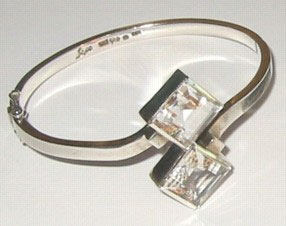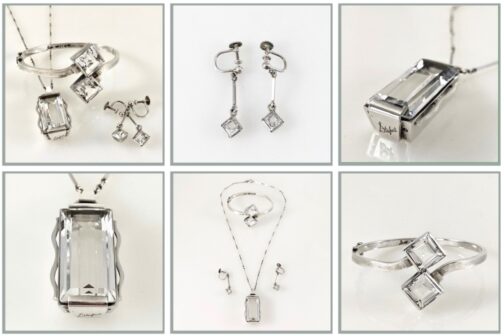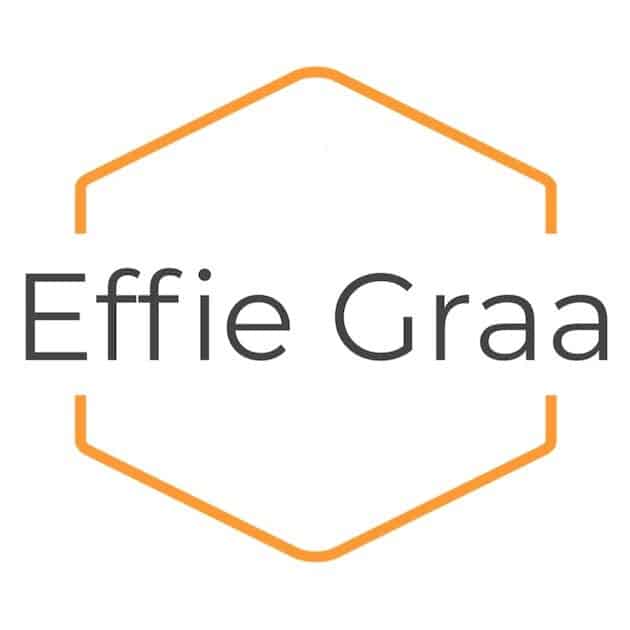
Stig Engelbert and Ateljé Stigbert (1912-1962)
1950ies Modernism
Stig Engelbert & Ateljé Stigbert is one of the best known producers of Swedish modernist jewelry of the 1950s. The style is mostly variations of plant motifs on brooches, bracelets and necklaces, but there are also strictly geometric and abstract pieces. Ateljé Stigbert was founded by the goldsmith Stig Engelbert in the early 1940’s.
Like several other Swedish goldsmiths of the time, amongst whom Sigurd Persson is the most prominent, Stig Engelbert had gotten his education in Germany, mainly at ‘Kunstgewerbeschule’ in Pforzheim. The Ateljé was organized as a modern branch within the older company ‘Heribert Engelbert’, and therefor the early pieces had two sets of maker’s marks, that of the Ateljé and that of the company.

Wartime jewelry production
To promote jewelry production in the war time, one of Sweden’s leading high quality jewelry producers, Ateljé Borgila, organized exhibitions of modern jewelry, the first one in 1943. These exhibitions came to be of great importance for the break-through of Swedish modernist jewelry. The exhibitors were Erik Fleming of Ateljé Borgila and the young Sigurd Persson who had resently joined the company, as well as Stig Engelbert from Ateljé Stigbert and Åke Strömdahl, another young goldsmith.
The Stigbert Jewelry
Stig Engelbert used these exhibitions to launch a collection simply named ‘The Stigbert Jewelry’. It was inspired by the clean classic lines of the early Scandinavian design, and more specifically the strictly geometric jewelry by the master and pioneer of Swedish modernist Jewelry, Wiwen Nilsson. The collection got it’s distinct character from richly fazetted Rock Chrystals reflecting the light.
Post War era
From 1946 to the mid 1950s Sigurd Persson joined Stig Engelbert and designed models for serial production at Ateljé Stigbert. He started off with leafs and plants, and moved on to more abstract models. The greatest success was a collection of ‘modular jewelry’ from 1953 named ‘Bowl and Cube’. The collection got it’s name from the two forms, a bowl and a cube, that were made in four different sizes and put together to form necklaces, bracelets and earrings.
When Stig Engelbert died, only 50 years old, in 1962, his two sons took over the company. From 1966 they also expanded the business internationally, with a new office in New York. However from the 1970s, the company again focused on the Swedish market. The Stigbert brand was continued within the family company Heribert Engelbert, but also through Stigbert jewelry designs produced by other independent workshops. Among these were Runes Konsthantverk/Rune Tennesmed in the town of Kalmar in the 1960s, and Ateljé Waldemar in Skara in the 1970s. These would be hallmarked “Stigbert”, along with the master hallmark of the goldsmith responsible for the workshop.

Table of Contents
Toggle